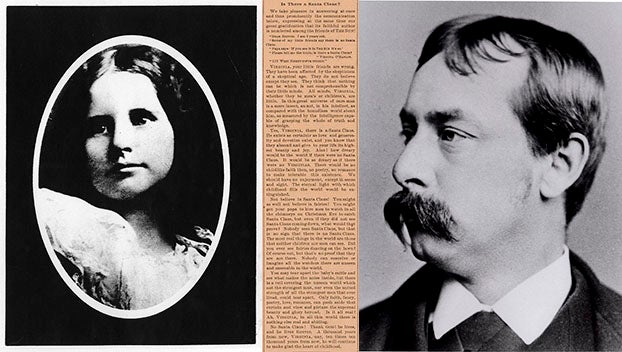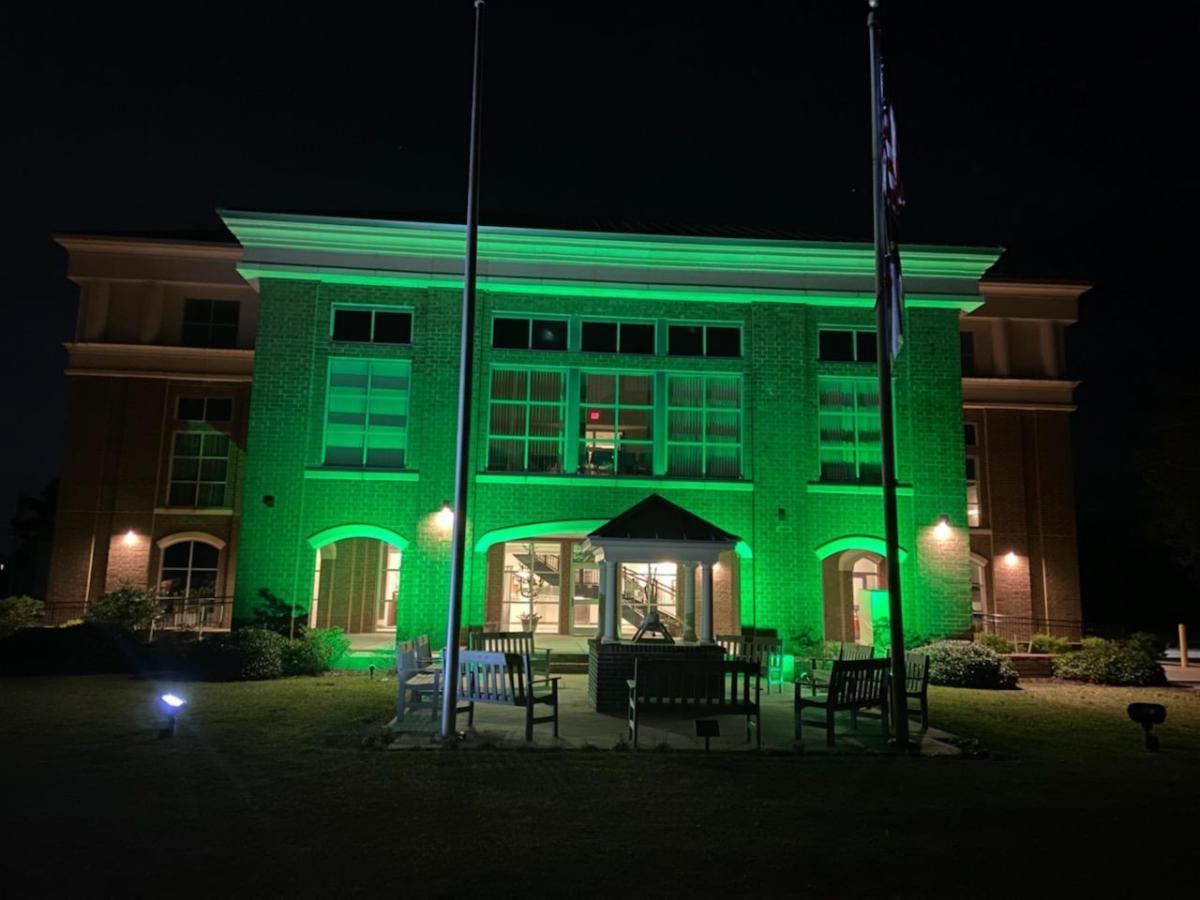Notes from the Farmer’s Almanac
Published 7:46 pm Tuesday, January 9, 2018

- WINTER SCENE: Runyon Creek was nearly frozen over on Thursday afternoon; by Sunday, it had completely frozen. The frigid temperatures, combined with 4-to-6 inches of snow over a layer of ice had the county in a lockdown for four days. (Vail Stewart Rumley/Daily News)
“Jan. 1–7: Rain to snow, then sunny, cold.”
Eighteen months ago, the 2018 Farmer’s Almanac predicted with accuracy the weather the southeastern United States would experience over the first week of January. As predicted, last Wednesday, weather made the transition from rain to sleet to snow overnight, and temperatures that only got a long-distance look at freezing prevailed over the next few days, prompting schools and businesses to close and keeping many people homebound.
Those days were brutal for many. There were many, many reports of freezing pipes — the same pipes freezing night after night despite the normal precautions — and heating systems unable to keep up or breaking down altogether under the pressure. A few very unfortunate residents lost their homes to fire due to issues arising from the use of auxiliary heating.
“Jan. 8-11: Sunny, mild.”
This week holds a reprieve from the weather, says the Farmer’s Almanac. Look at this week’s forecast, and the weather certainly looks sunny and mild until a predicted storm front comes rolling in on Thursday. According to the almanac, the rest of the month appears to be an average winter in the southeast, varying between cold and mild; a bit of rain, then sun.
“Feb. 1-6: Rain to snow, then sunny, very cold.”
The first week of February, says the Alamanac, may look like the first week of January, with one interesting difference: the prediction of “very cold” versus “cold.”
Historically, the Farmer’s Almanac predictions have been 80-percent accurate. If the first week of January’s temperatures were only considered “cold” what does the “very cold” predicted the first week of February mean? It could mean more of the same. It could mean colder than the single digits recorded over the past week. It could fall into that 20-percent chance of being wrong.
But what most people have probably learned over the past week is that it pays to be prepared, regardless of forecast. Heating systems can fail, and it’s necessary to have a backup. Pipes can freeze day or night, if cold enough, and residents need to know how to, first, take preventative measures, and second, know what do to resolve the issue.
If the Almanac is spot on, and the first week of February is, indeed, “very cold,” then this “cold” first week of January should be considered a trial run. Don’t put away the snow boots yet.




